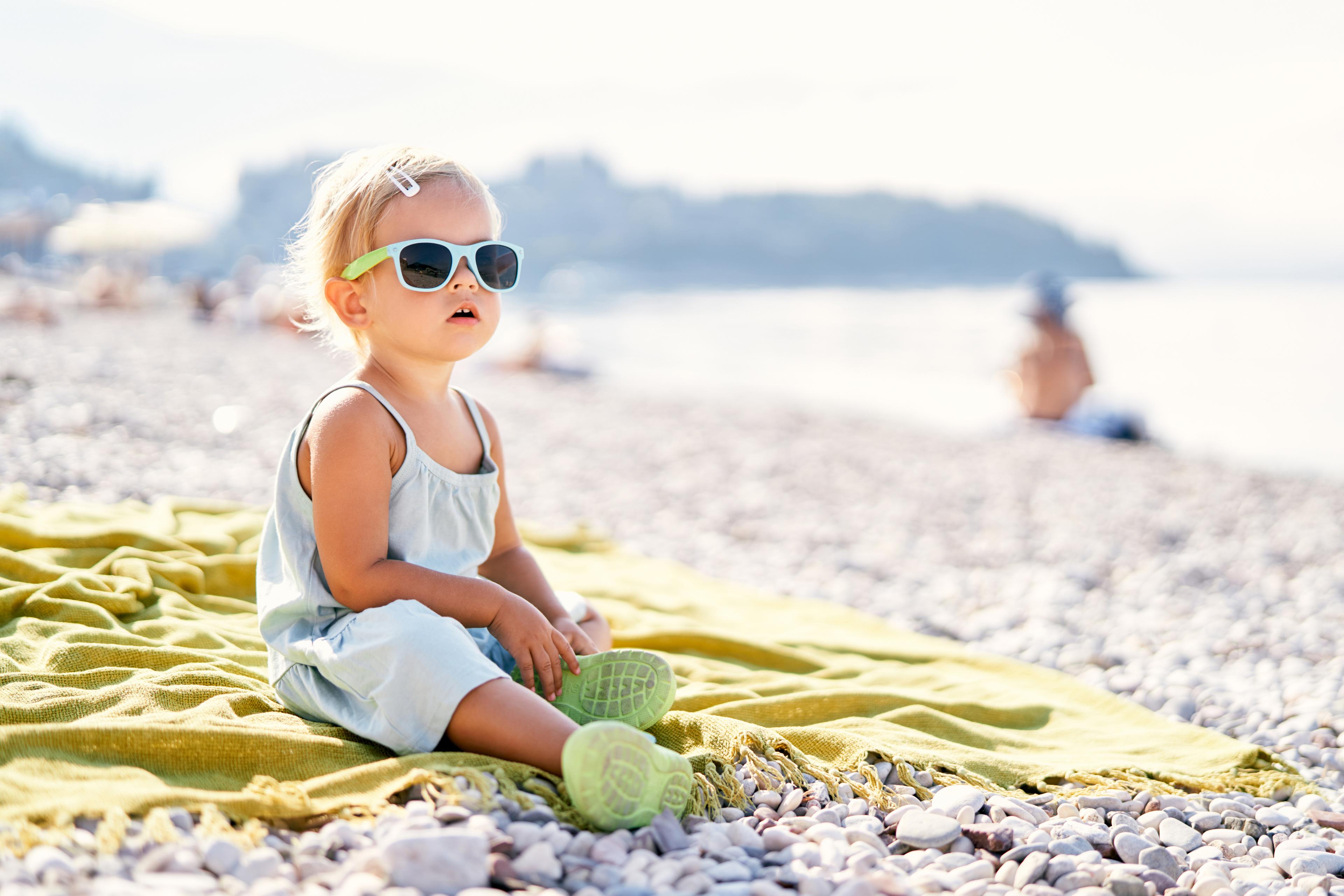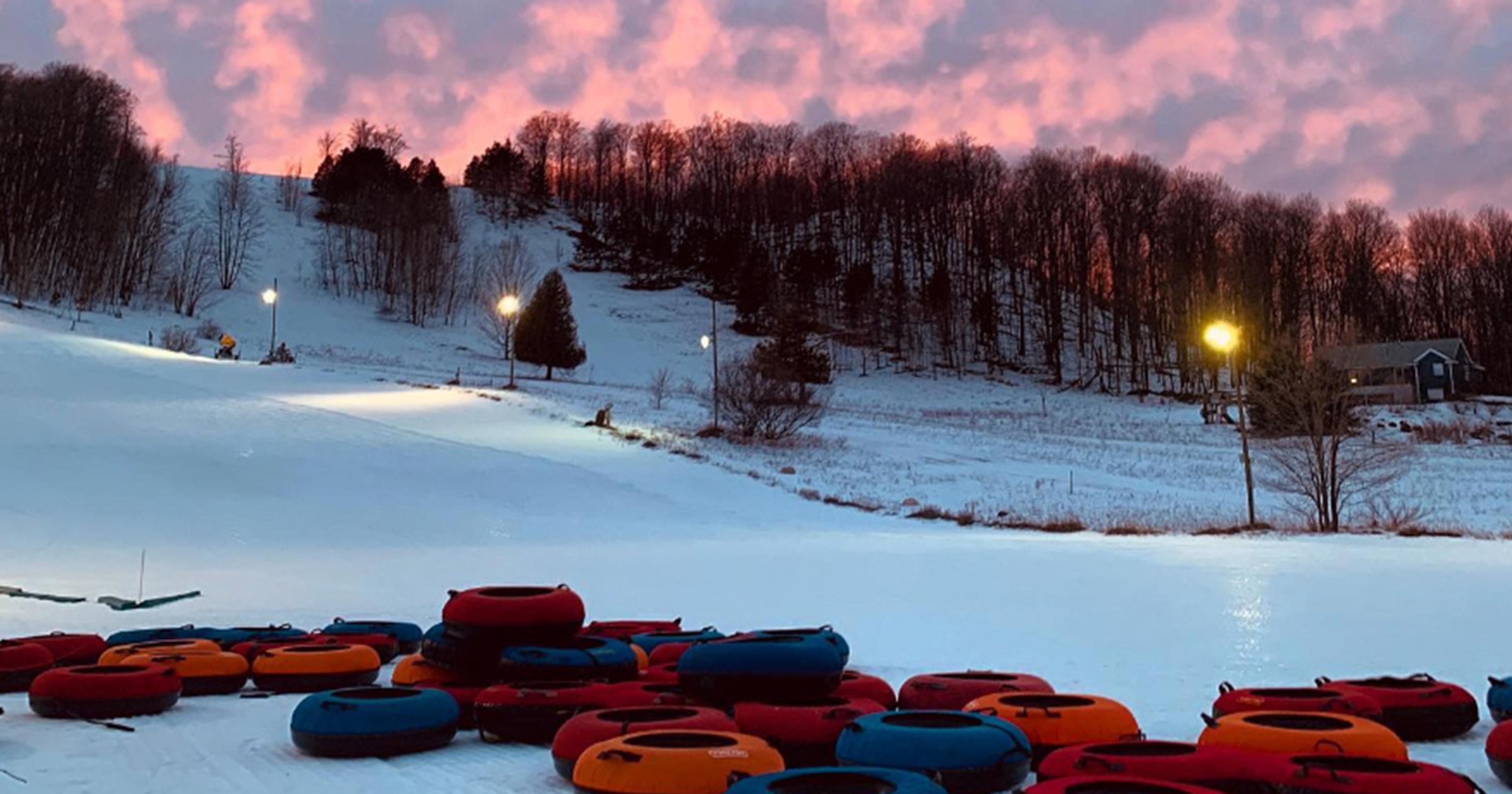Do Babies and Infants Need Sunglasses?
A Healthier Michigan
| 3 min read

Putting sunglasses on a baby or infant is sure to be cute, but they are also an important accessory to protect the child from sun damage. Learn when kids start to need sunglasses and how to pick out the right set of sunglasses for a baby or infant.
Why the sun can be harmful for babies under 6 months of age
Babies younger than 6 months should be kept out of direct sunlight, according to the American Academy of Pediatrics. Babies’ skin is very fine and is highly susceptible to sun damage and sun burns. After 6 months, babies and infants will need sun protection including sunscreen, long sleeves and hats to protect their skin.
Why babies and infants need sunglasses
Sunglasses help to protect eyes, eyelids and skin near the eyes from sun damage. Babies and infants have very thin and fine skin around the eyes, so sunglasses are suggested for babies once they start spending time in the sun. Sunglasses with UV protection provide the most protection from damaging UV rays.
When should my baby start to wear sunglasses?
After the age of 6 months when babies can be in the sun, sunglasses are important for protection against the sun’s damaging rays. As soon as a baby can manage to wear sunglasses, it is appropriate to use them. There are many infant-sized sunglasses designs available, including those designed specifically to be comfortable and effective for babies.
How to choose the right sunglasses for babies and infants
The most important elements of sunglasses for babies are the level of protection and how comfortable they are for the child, since most kids will not want to keep sunglasses on if they are uncomfortable.
UV protection
Remember that sunglasses are not just to look cute or turn down the level of brightness but rather are needed for sun protection. According to the American Optometric Association, 47% of Americans don’t take UV ratings into account when choosing sunglasses. Make sure the sunglasses have a rating of UV 400, which means they block 99-100% of harmful UV-A and UV-B rays.
Lens size
Choose a pair of sunglasses for your kid that have large lenses that cover the eyes, eyelids and surrounding skin.
Frame construction
Hard frames and static materials might make a pair of sunglasses uncomfortable or hard to keep on a child, either from sliding off or the child removing them. There are many sunglasses designs for kids that use rubber, plastic materials or blends that are easier on kids.
Elastic sunglasses and sunglasses with straps for kids
Another method to make sure sunglasses stay on kids better is to use straps or elastic frame designs that help to secure the sunglasses on their head. You can find elastic straps or bands to attach to standard sunglasses designs to keep the sunglasses secure.





